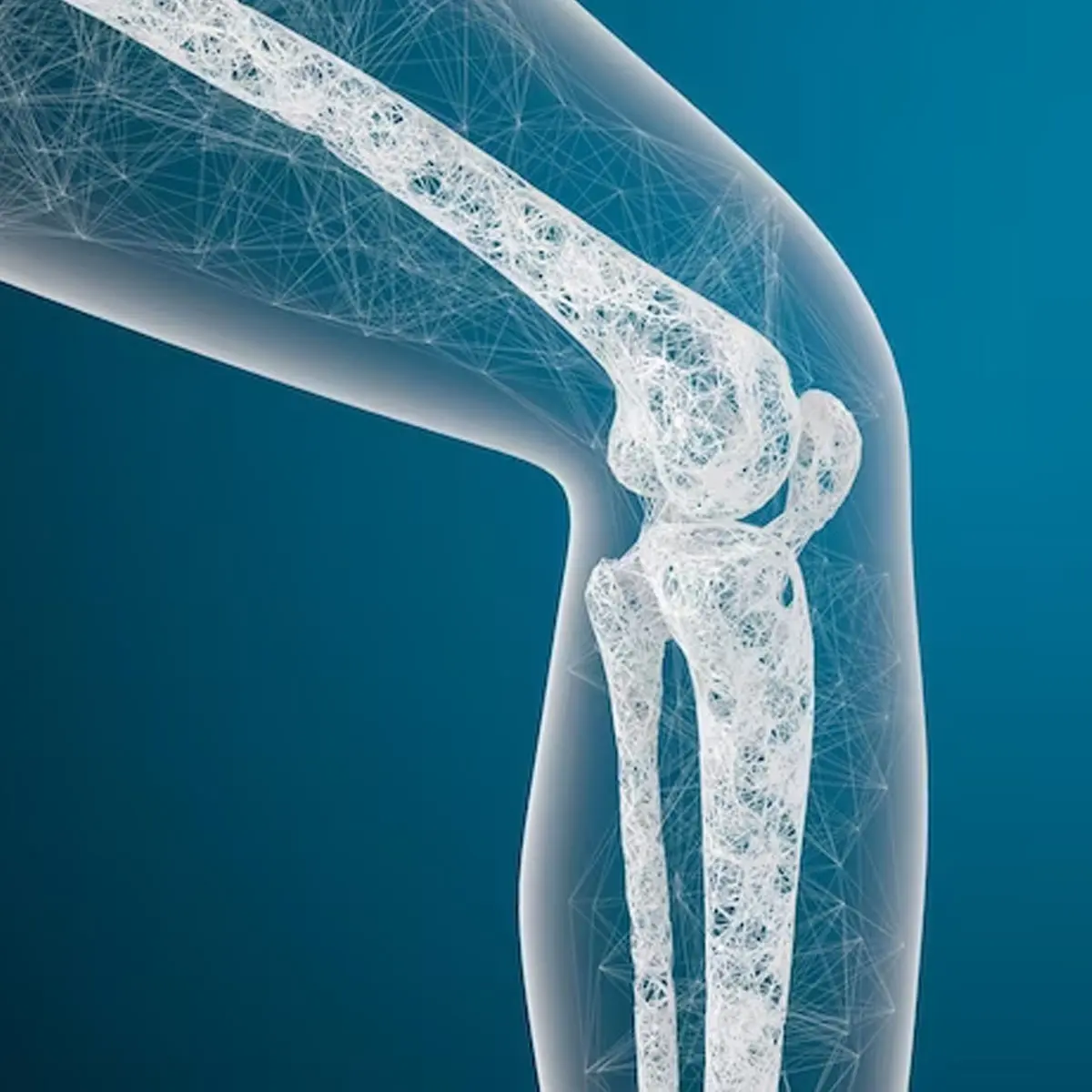Symptoms of Torn PCL:
- Severe Pain: Often felt at the back of the knee.
- Swelling and Redness: Signs of inflammation in the affected area.
- Weakness in the Knee: Feeling unable to properly support weight.
- Audible Popping or Detaching Sound: The tear may be accompanied by a popping or detaching sound.
Diagnosis and Treatment:
Medical Examination: Involves assessing pain, swelling, and range of motion. Medical Imaging: Magnetic resonance imaging (MRI) can reveal the extent of the injury. Treatment depends on the severity and includes:
- Rest and Ice Application: To reduce inflammation and alleviate pain.
- Bracing: Providing support and restricting movement.
- Physical Therapy: Exercises to strengthen surrounding muscles and restore movement.
- Medications: Pain relievers and anti-inflammatory drugs may be prescribed.
- Surgery: May be necessary in cases of severe injuries.
It is important to consult with a healthcare professional for an accurate diagnosis and an appropriate treatment plan tailored to the individual's specific injury and circumstances. Contact us for more information and details tailored to your individual case

